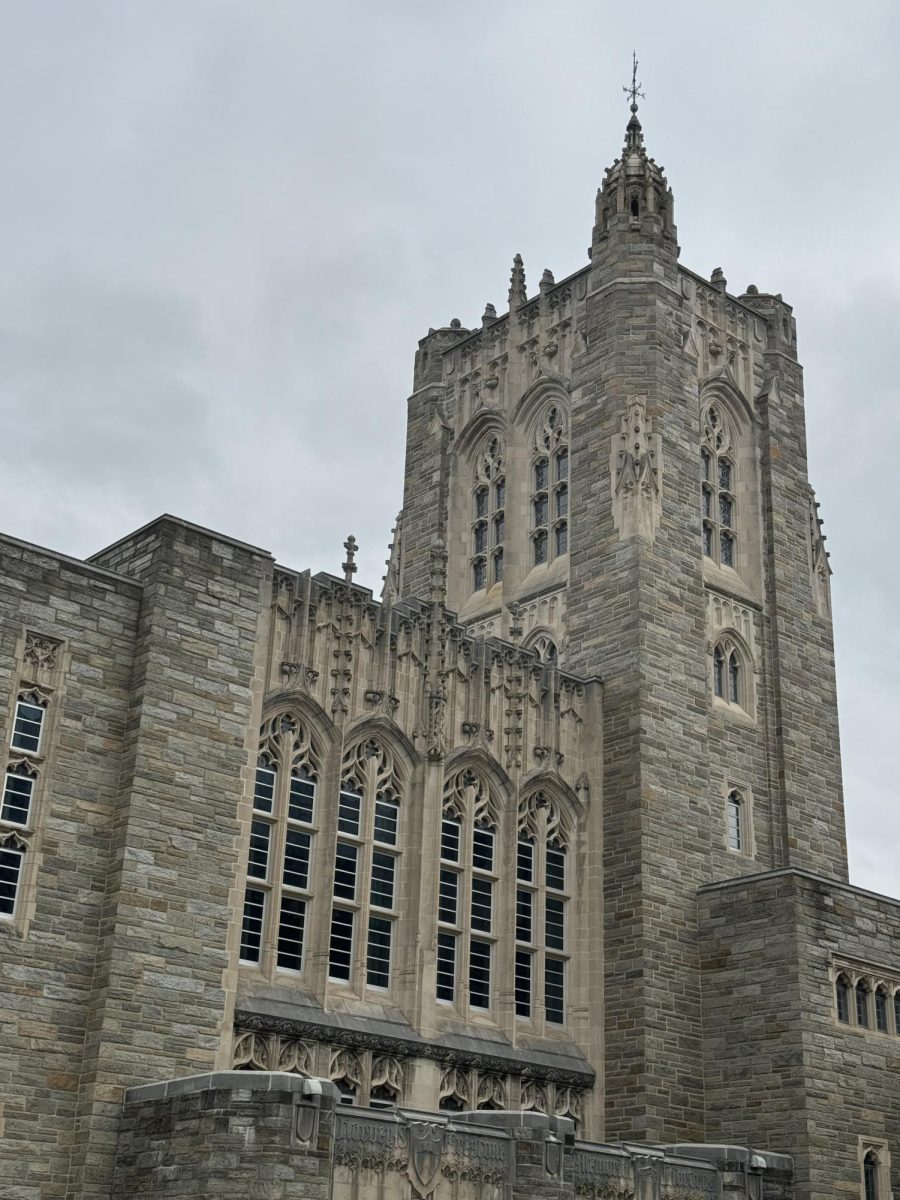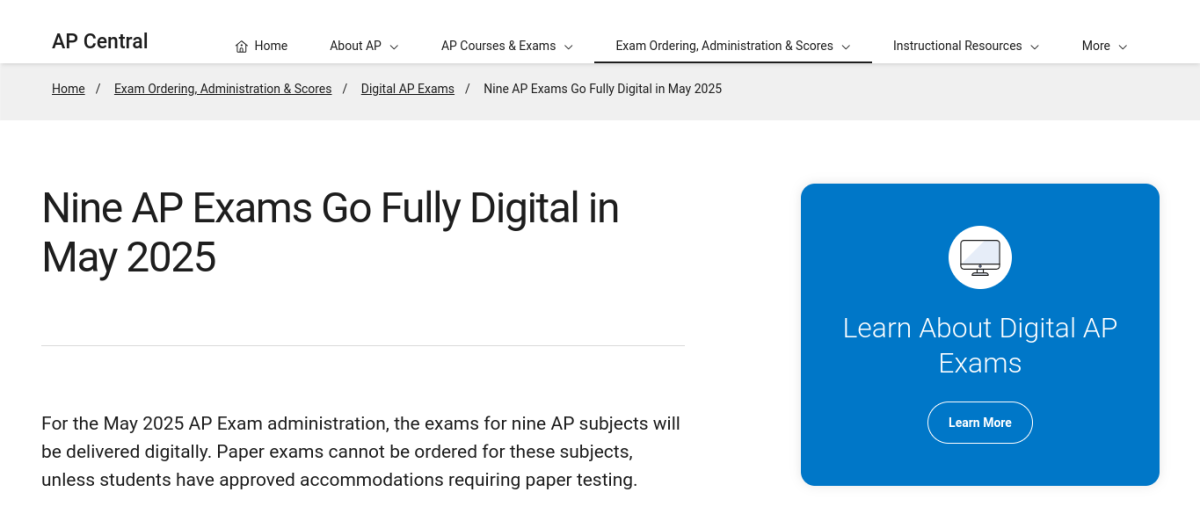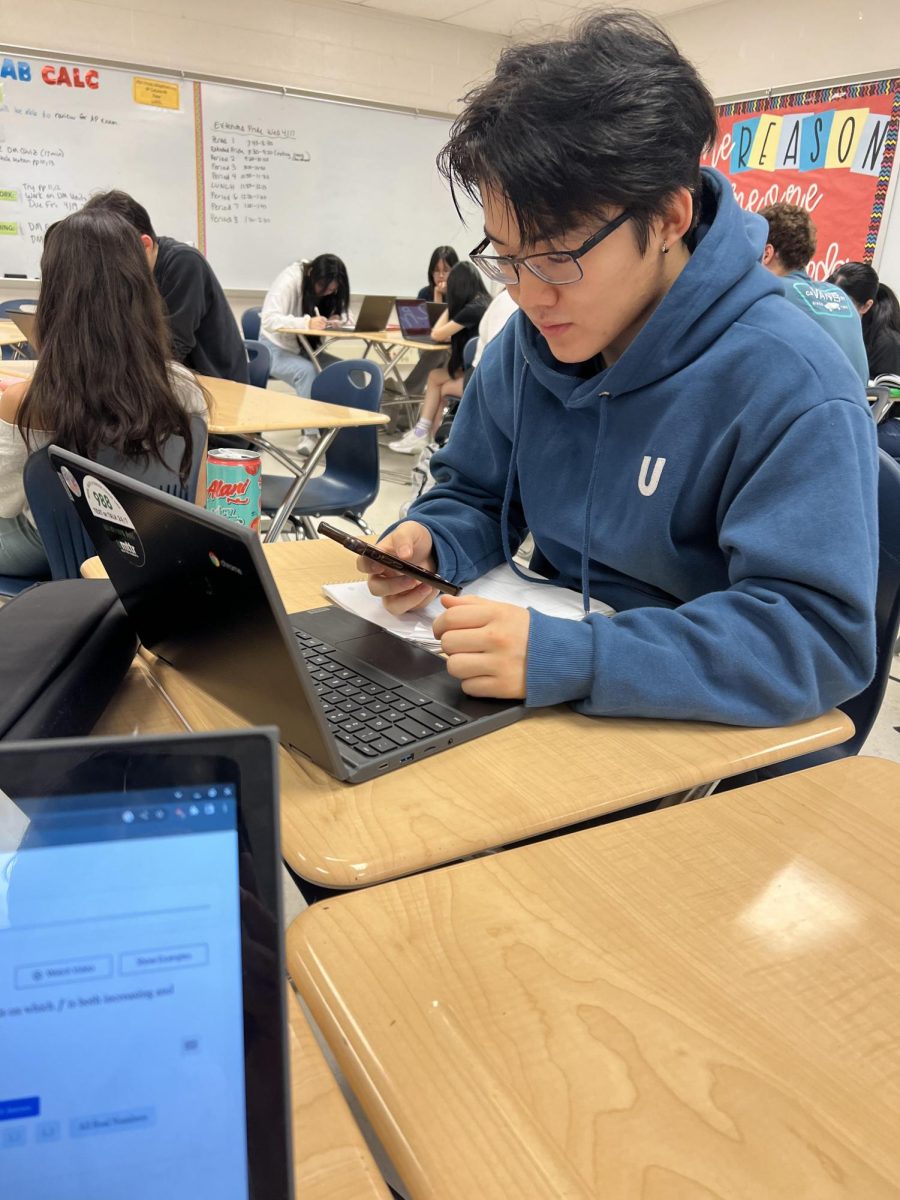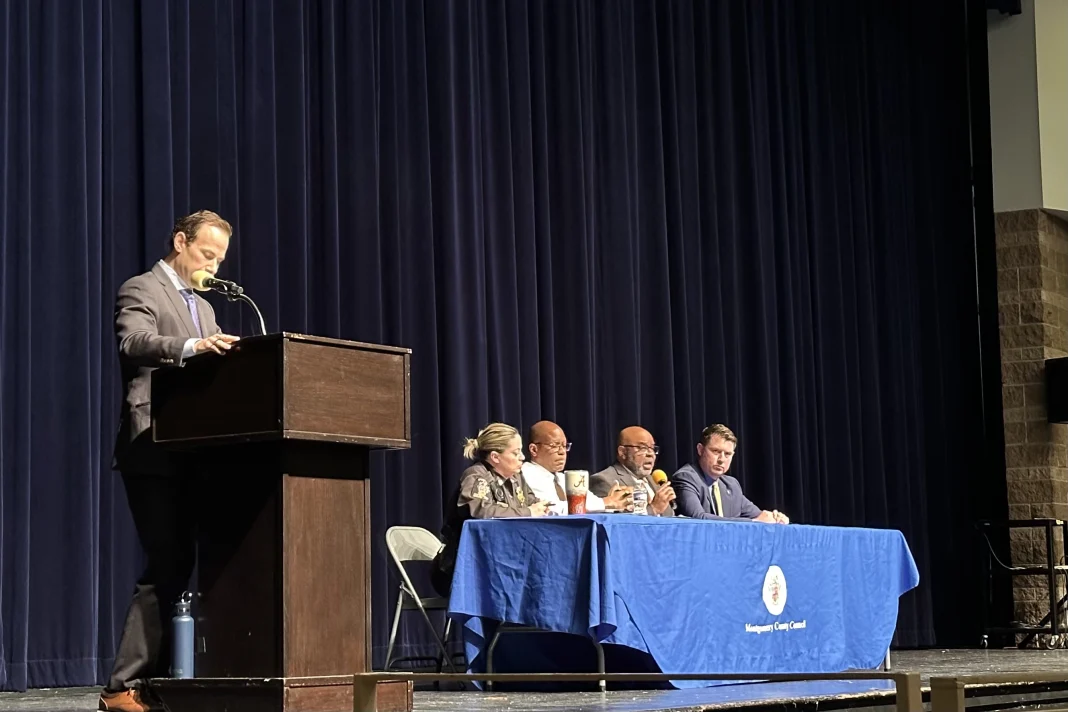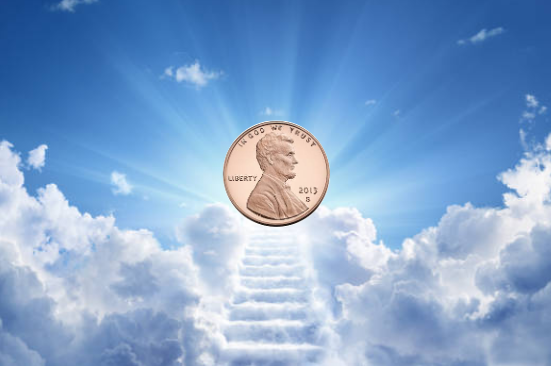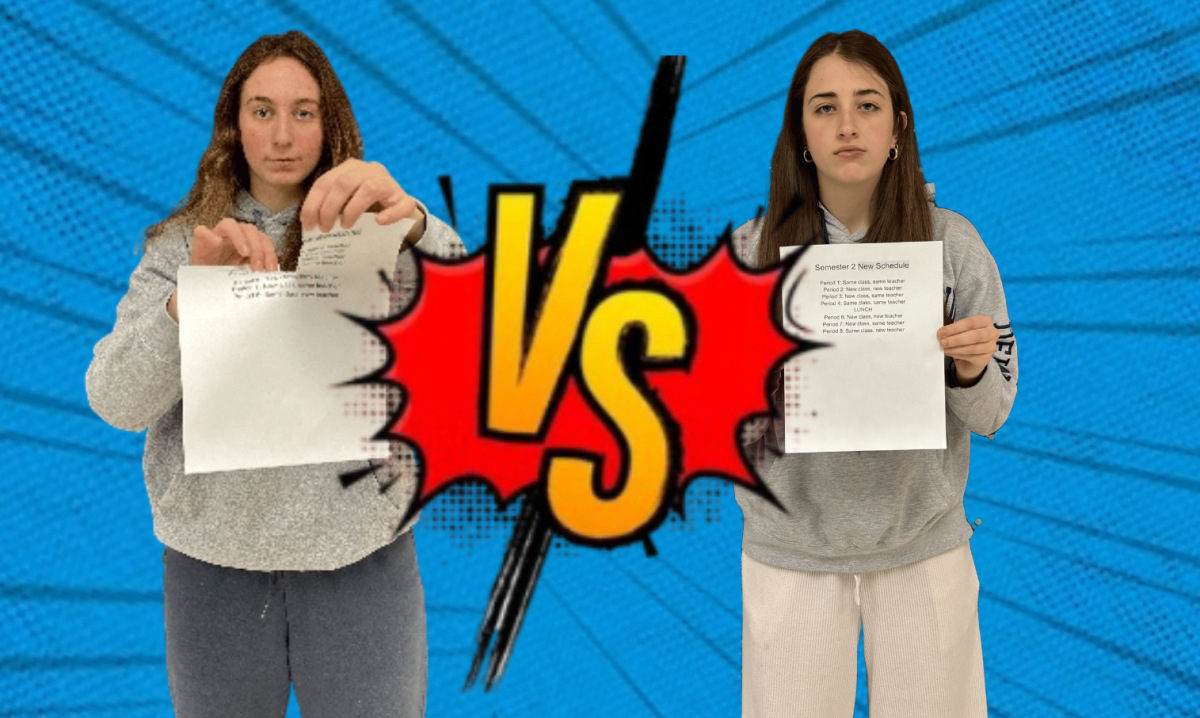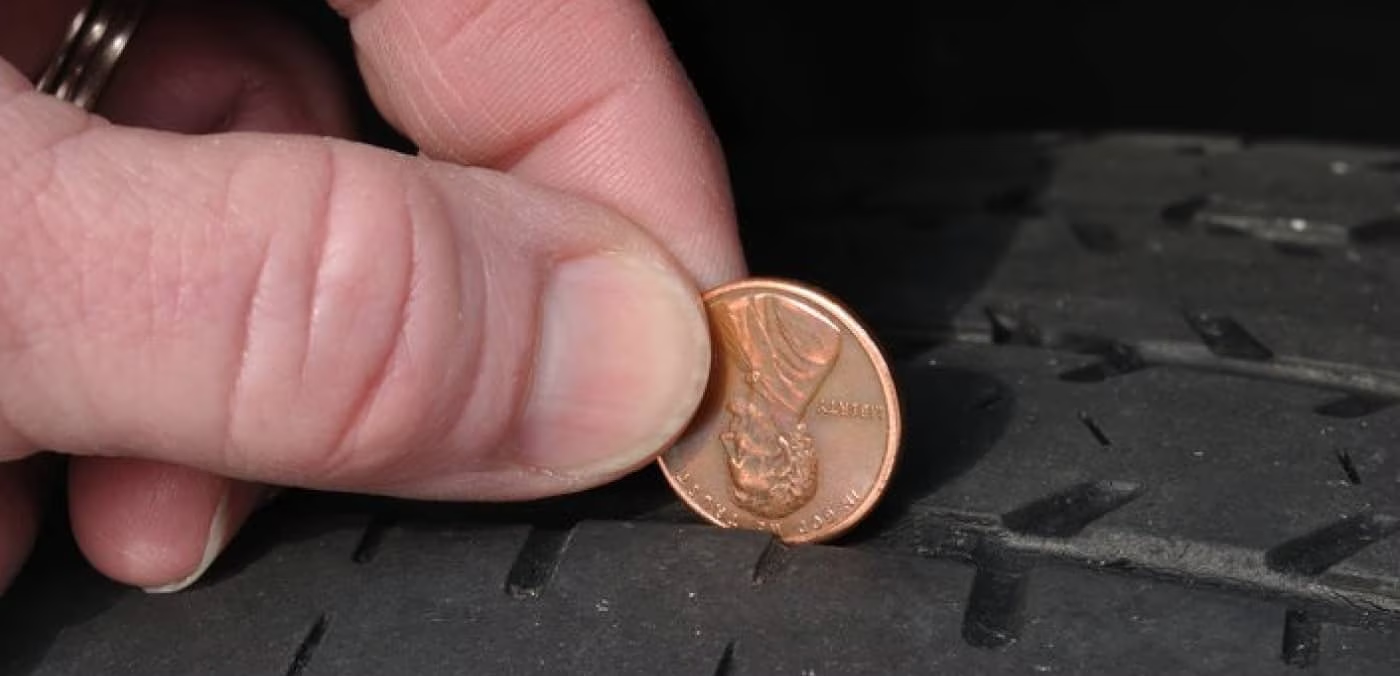Twitter. It’s a quick, easy way for news to spread and ideas to be shared. At the Observer we use our @CHS_Observer account as one more way to communicate with the CHS community in an informative and relatively light-hearted way. However, on Sept. 29, this social network became a way for our rights as student journalists to be infringed upon.
Bruh. It was a meme, a picture that circulates the Internet with changing captions, of a confused-looking girl, who is black, with the caption, “When someone says they don’t read The Churchill Observer.”
Three days later, it was flagged by an unfamiliar party who reported it to MCPS Superintendent Joshua Starr with the caption “Really, @mcpssuper?” This flag and comment have since been deleted. MCPS Public Information Officer (PIO), Dana Tofig responded to the flag, thanking the user for the flagging the tweet, and assuring him that our principal had been notified.
As promised, Tofig sent Principal Joan Benz an email requesting the tweet be removed because it was “inappropriate.”
Our adviser requested via email an explanation of why the post was inappropriate, but the Public Information Office gave us no reason for why the picture needed to be taken down. As a result, we chose not to comply.
According to Student Press Law Center (SPLC) Attorney Advocate Adam Goldstein, the rights of student journalists on social media are greater than in print because they are further removed from the school institution.
Although we are an organization associated with CHS and MCPS, we are also a separate entity. We raise our own money and express views that may challenge either one of our overarching sponsors.
In fact, according to SPLC Executive Director Frank LoMonte, the account we used was owned by Twitter, rather than the taxpayers of our school district. We, therefore, have an additional means of separation from the school.
This begs the question as to why MCPS was concerned with the picture. We speculated that a reason the person who flagged the tweet could have found it offensive could be if he was unfamiliar with the meme and thought we were targeting a specific person or her race, even though the meme was of a random woman and not of an MCPS student.
The Observer staff discussed at length our intentions behind the post and whether the meme would be perceived as offensive to our intended audience of students at CHS. We questioned our motives and whether we were unintentionally perpetuating a stereotype of “sassy” black females. If so, we would have had to seriously reevaluate the ethical code of our publication, but we still would have been protected from the censure.
The journalist who posted the picture, who is also black, was attempting to make a joke using a popular meme that all students could relate to and enjoy, and, of course, to raise awareness for our publication, in hopes that more students would read it. Regardless of the subject’s ethnicity, we were focused on the expression on her face and not the color. We questioned whether we would have faced controversy if we had posted an identical picture with a white student as the subject.
Both Goldstein and LoMonte agree that we would have had to publish something actually illegal, such as libel (printing false information that ruins someone’s reputation) or threats of violence, in order for a school to have any reason to become involved.
The Hazelwood Supreme Court case allows for schools to censor school-sponsored publications for reasonable educational purposes, according to LoMonte. Since courts have not yet extended this precedent to social media, it is assumed that student journalists have much more freedom on Twitter and other news-sharing websites.
Had we realized that the tweet was somehow offensive, we would have had cause to take it down. As a publication, it is in our best interest to maintain an unbiased and trustworthy reputation. Anything that could damage this reputation is not material that we would have chosen to publicize. We were looking for a humorous way to connect with our readers on a more personal level, and found it in a popular, funny tweet that we decided to publish.
According to Goldstein, there was no reason we should have been told to take down the tweet.
As social networking is a relatively new medium for journalism, it will take time to create a set of standards, even laws, and it is likely that this situation was nothing more than a misunderstanding.
“Without knowing any of the background [of the picture], I felt like it was important to raise it to the principal,” Tofig wrote in an Oct. 20 email.
We realize that MCPS was merely trying to appease the general public’s concerns, rather than intentionally seeking to censor a student publication.
However, if just a misunderstanding, this experience has given us a chance to rediscover our rights as journalists. It has also given us an opportunity to reflect on our responsibilities behind every word we publish. Instances such as this one will ultimately help us grow as journalists and as a publication.





